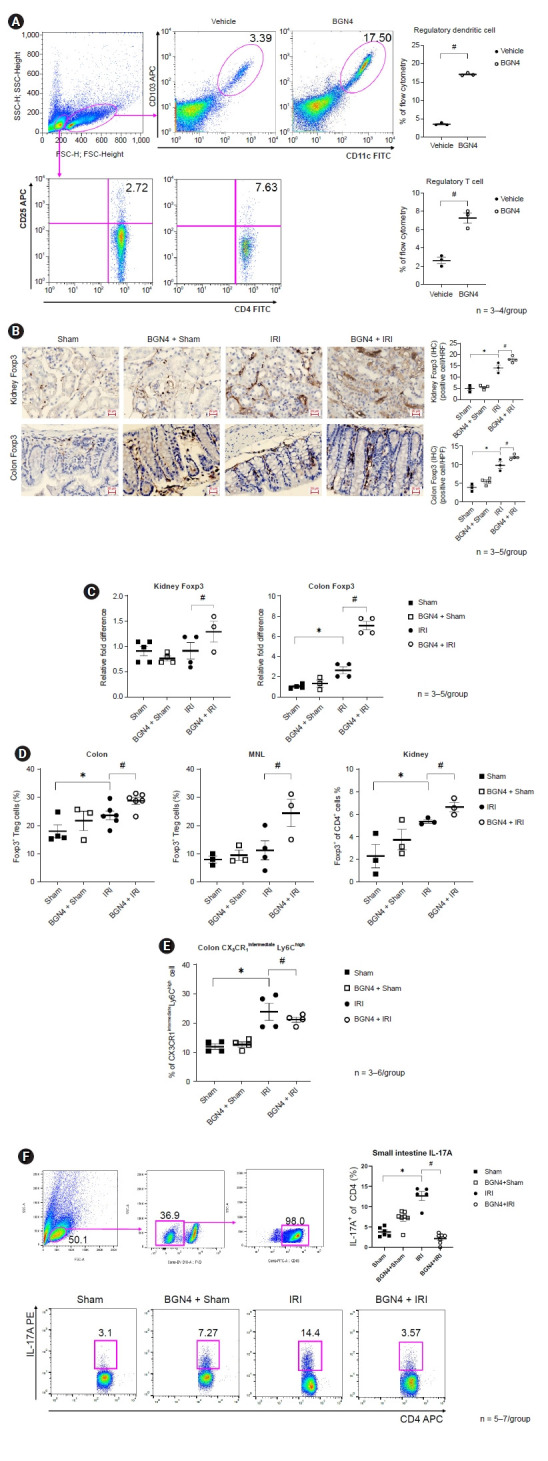Figure 3. BGN4 modulates immune response in ischemia-reperfusion injury (IRI).

(A) Flow cytometry of splenocyte cultured with BGN4 for 72 hours. Comparison of percent CD11c+CD103+ regulatory dendritic cells and CD4+CD25+ regulatory T cells. (B) Representative images of kidney and colon Fopx3 staining, positive cells per high-power fields (HPF). Positive cells of each group were compared and shown a semiquantitative graph. (C) Relative fold difference of kidney and colon Foxp3 messenger RNA expression. (D) Flow cytometry of colon, mesenteric lymph node (MNL), and kidney of Foxp3+CD4+ regulatory T cells in each group were compared. (E) Flow cytometry of colon CX3CR1intermediateLy6Chigh monocyte. (F) Flow cytometry of small intestine interleukin (IL)-17A+ cells in each group were compared. n = 3–7 per group. *p < 0.05 compared with the sham vs. IRI. #p < 0.05 compared with the IRI vs. BGN4 + IRI.
FITC, fluorescein-isothiocyanate; IHC, immunohistochemistry
